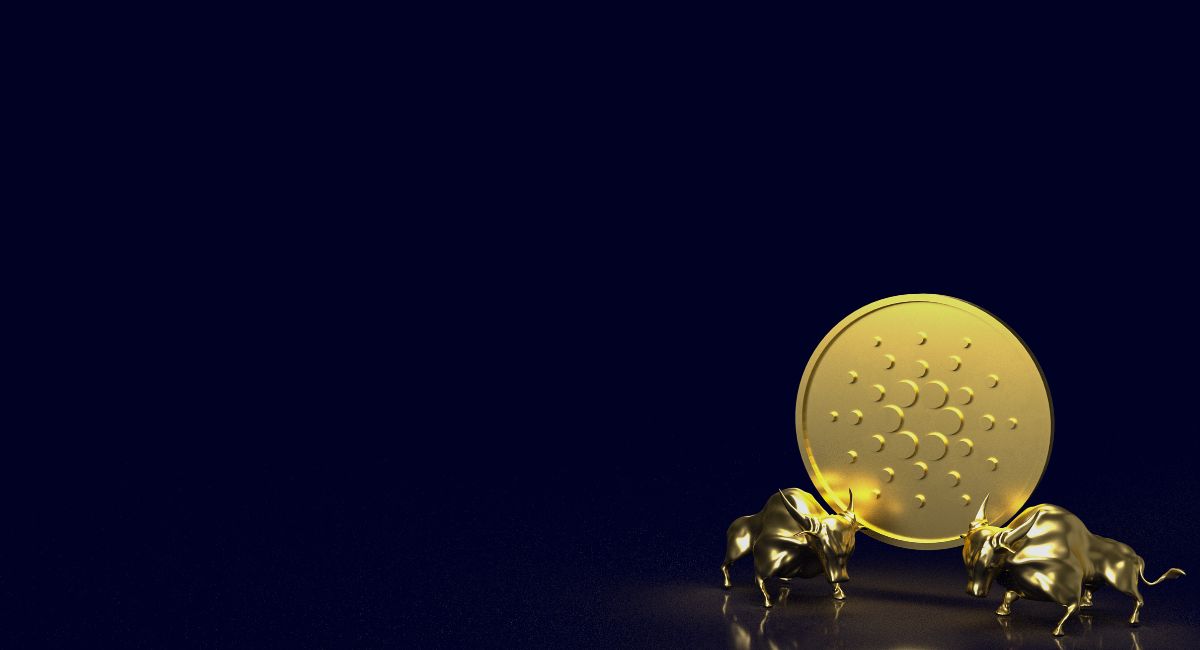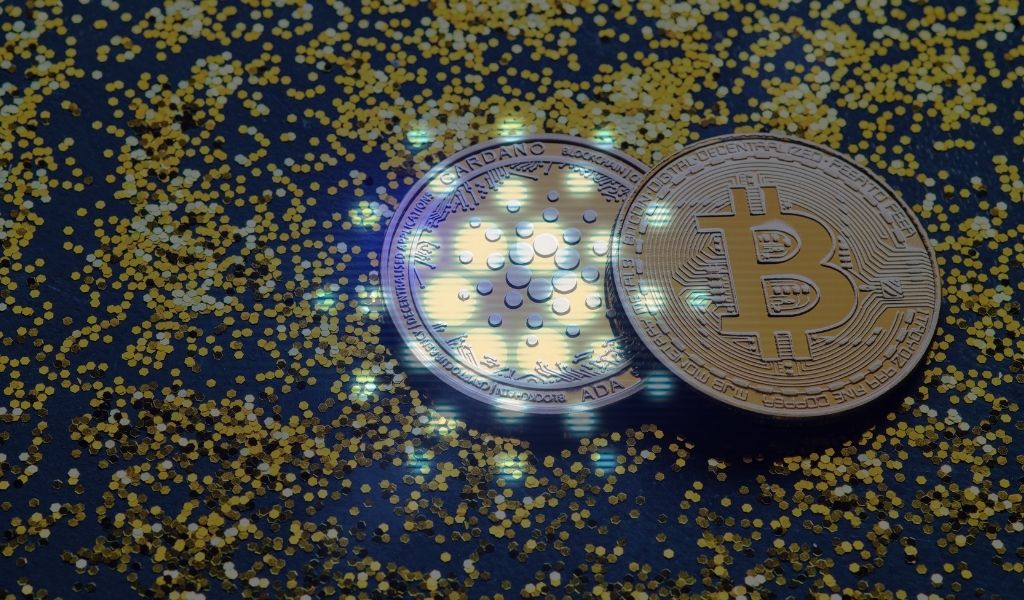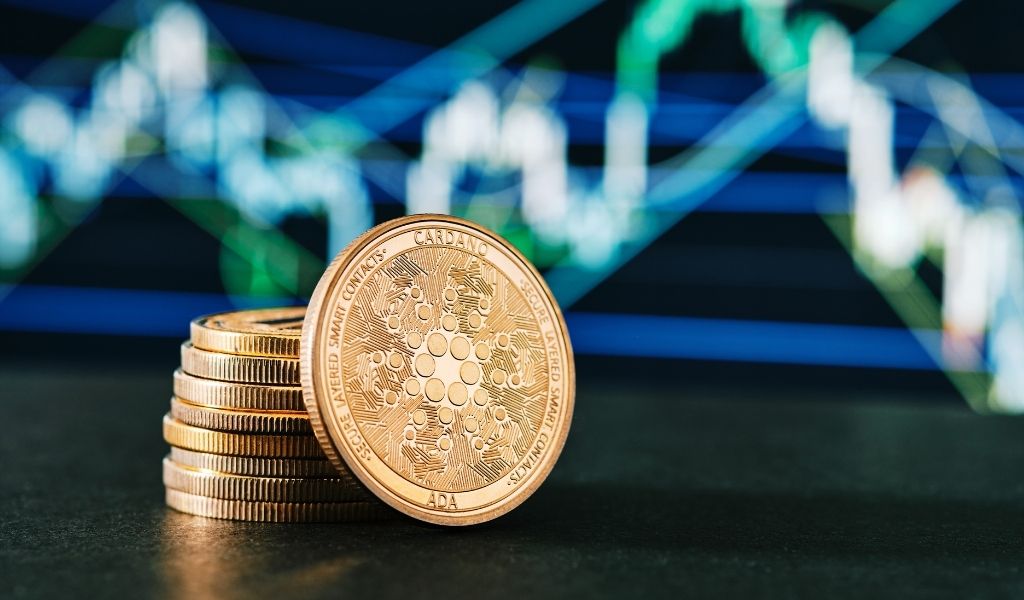Cardano’s Roadmap For 2023: Upgrade And New Projects
Cardano is a blockchain platform that aims to provide a secure, scalable, and sustainable infrastructure for the development of decentralized applications (dApps) and the execution of smart contracts. It is a third-generation blockchain project that combines advanced research and engineering methodologies to deliver a robust and highly functional blockchain ecosystem.
Cardano was founded by Charles Hoskinson, one of the co-founders of Ethereum, and his company, IOHK (Input Output Hong Kong). The project started in 2015 with a focus on addressing the limitations and challenges faced by existing blockchain platforms.
One of the key features that sets Cardano apart is its commitment to a scientific approach and peer-reviewed research. The development of Cardano is driven by a strong emphasis on formal methods and academic rigor. The platform incorporates the insights and advancements from various academic disciplines, including mathematics, cryptography, and computer science.
Cardano operates through two layers: the settlement layer (Cardano’s native cryptocurrency, ADA) and the computational layer. The settlement layer is responsible for handling transactions and the transfer of ADA tokens, while the computational layer enables the execution of smart contracts and the deployment of decentralized applications.
Cardano utilizes a proof-of-stake (PoS) consensus mechanism called Ouroboros, which ensures the security and integrity of the network. Ouroboros divides time into epochs and slots, and stakeholders (ADA holders) participate in the consensus process by delegating their stake or running a stake pool. This approach aims to provide a more energy-efficient and scalable alternative to the energy-intensive proof-of-work (PoW) consensus used by platforms like Bitcoin.
The development of Cardano follows a structured roadmap with multiple phases. The first phase, Byron, focused on establishing the foundation of the network and providing basic functionalities. The subsequent phases, Shelley and Goguen, introduced decentralized staking and smart contract capabilities, respectively. The ongoing development aims to deliver additional enhancements, including the Voltaire phase, which focuses on governance and sustainability.
Cardano places a strong emphasis on interoperability and collaboration. It aims to enable seamless communication and integration with other blockchain platforms and legacy systems. By fostering interoperability, Cardano seeks to overcome the issue of siloed networks and promote a connected blockchain ecosystem.
Additionally, Cardano incorporates a robust governance model that enables stakeholders to participate in decision-making and shape the future direction of the platform. Through a decentralized governance structure, ADA holders can propose and vote on system upgrades, funding allocation, and other important decisions, ensuring a more inclusive and democratic governance process.
Cardano has gained significant attention and support from the blockchain community and has been embraced by various industries and governments worldwide. Its focus on academic research, security, scalability, and sustainability positions it as a potential game-changer in the blockchain space, offering a platform for the development of scalable, secure, and decentralized applications.
The Goguen upgrade and what it will bring to Cardano
The Goguen upgrade is the third major development stage of the Cardano blockchain, following Byron and Shelley. Goguen is named after the American computer scientist and engineer Joseph Goguen, who is known for his work on type theory and programming languages.
The Goguen upgrade will introduce a number of new features to Cardano, including:
- Smart contracts: Smart contracts are self-executing contracts that can be used to automate a variety of tasks. They are a key feature of many decentralized applications (DApps).
- Native tokens: Native tokens are tokens that are native to the Cardano blockchain. They are different from ERC-20 tokens, which are tokens that run on the Ethereum blockchain.
- Multi-currency ledger: The multi-currency ledger will allow users to create and manage multiple currencies on the Cardano blockchain.
The Goguen upgrade is expected to make Cardano a more powerful and versatile platform for DApps and other decentralized applications. It is also expected to increase the adoption of Cardano by businesses and organizations.
The Goguen upgrade was completed in September 2021 with the Alonzo hard fork. The Alonzo hard fork was a major milestone for Cardano, and it has since seen a significant increase in activity and adoption.
The Goguen upgrade is just the beginning of the development of Cardano. The next major development stage, Basho, will focus on scalability and interoperability. The final development stage, Voltaire, will focus on governance and sustainability.
Cardano is a rapidly evolving project with a bright future. The Goguen upgrade is a major step forward, and it will be interesting to see how Cardano continues to develop in the years to come.
Here are some of the benefits of the Goguen upgrade:
- Increased functionality: Smart contracts and native tokens will allow developers to create more complex and sophisticated DApps on Cardano.
- Improved scalability: The multi-currency ledger will make it easier for Cardano to handle increased traffic.
- Increased security: The Goguen upgrade will introduce new security features, such as hardened smart contracts.
- Increased adoption: The Goguen upgrade is expected to make Cardano more attractive to businesses and organizations.
Overall, the Goguen upgrade is a major step forward for Cardano. It will make Cardano a more powerful, versatile, and secure platform for DApps and other decentralized applications.
Anyone else looking forward to #Cardano Vasil hardfork?
Seems to be a bit downplayed from the Goguen hardfork, but nonetheless a very important upgrade to the network. 💯
— King David (@theuttermost) May 30, 2022
The Basho upgrade and what it will bring to Cardano
The Basho upgrade is the fourth major development stage of the Cardano blockchain, following Byron, Shelley, and Goguen. Basho is named after the Japanese poet Matsuo Bashō, who is known for his haikus.
The Basho upgrade will focus on scalability and interoperability. It will introduce a number of new features to Cardano, including:
- Sidechains: Sidechains are parallel blockchains that are connected to the main Cardano blockchain. They can be used to offload some of the workload from the main chain, which can improve scalability.
- Hydra: Hydra is a layer-2 scaling solution that will use sidechains to improve the scalability of Cardano.
- Pipelining: Pipelining is a technique that can be used to improve the throughput of Cardano by processing multiple transactions in parallel.
- Off-chain computation: Off-chain computation is a technique that can be used to move some of the computation of Cardano transactions off the main chain, which can improve scalability.
The Basho upgrade is expected to make Cardano a more scalable and interoperable platform. It is also expected to make Cardano more attractive to businesses and organizations that need a high-performance blockchain for their applications.
Here are some of the benefits of the Basho upgrade:
- Improved scalability: The sidechains, Hydra, pipelining, and off-chain computation will all help to improve the scalability of Cardano.
- Increased interoperability: The sidechains will allow Cardano to interact with other blockchains.
- Increased adoption: The Basho upgrade is expected to make Cardano more attractive to businesses and organizations.
Overall, the Basho upgrade is a major step forward for Cardano. It will make Cardano a more scalable, interoperable, and attractive platform for businesses and organizations.
Here are some of the challenges that the Basho upgrade will face:
- Security: The sidechains and Hydra will introduce new security risks that will need to be addressed.
- Complexity: The Basho upgrade will be complex to implement and deploy.
- Adoption: The Basho upgrade will need to be adopted by businesses and organizations in order to be successful.
Despite these challenges, the Basho upgrade has the potential to make Cardano a leading platform for decentralized applications.
The Vasil Upgrade will allow Cardano to function in a more efficient way than it ever has before! A factor that I don’t believe people are highlighting with this event is that a more efficient way of processing transactions also means a more Energy efficient Blockchain! Basho🏄
— Lucid (@LucidCiC) September 9, 2022
Here are some of the other projects that Cardano is working on for 2023
- Project Catalyst: Project Catalyst is a decentralized funding platform that allows the Cardano community to vote on which projects should receive funding. Project Catalyst is a key part of Cardano’s governance model, and it is expected to play a major role in the development of the Cardano ecosystem.
- Atala Prism: Atala Prism is a decentralized identity platform that will allow users to securely store and manage their personal data. Atala Prism is expected to be used by businesses and organizations to provide secure and compliant access to their services.
- Milkomeda: Milkomeda is a project that will allow Cardano to interact with other blockchains. Milkomeda is expected to make Cardano more interoperable and attractive to businesses and organizations.
- EVM sidechains: EVM sidechains are parallel blockchains that are compatible with the Ethereum Virtual Machine (EVM). EVM sidechains will allow Cardano to support Ethereum-based DApps.
- Hydra head start: Hydra head start is a project that will allow Cardano to test the Hydra scaling solution. Hydra head start is expected to help Cardano to improve its scalability before the full Hydra upgrade is released.
These are just a few of the projects that Cardano is working on for 2023. Cardano is a rapidly evolving project with a bright future. It will be interesting to see how Cardano continues to develop in the years to come.
Also, read – How Cardano Is Revolutionizing The Way We Think About Money
Conclusion
Cardano is one of the most promising blockchain projects in the world, and it has a lot of potential for growth in 2023. The Goguen and Basho upgrades will bring a number of new features to Cardano, and the other projects that Cardano is working on will help to make it a more complete platform.
Here are some of the reasons why Cardano is a promising project:
- Solid foundation: Cardano is built on a solid foundation of research and development. The project was founded by Charles Hoskinson, who is also the co-founder of Ethereum. Cardano’s team of engineers has a deep understanding of blockchain technology, and they have a proven track record of success.
- Scalable: Cardano is designed to be scalable. The Goguen and Basho upgrades will introduce a number of features that will help to improve Cardano’s scalability, such as sidechains and Hydra.
- Efficient: Cardano is designed to be efficient. The project uses a proof-of-stake consensus mechanism, which is more energy-efficient than the proof-of-work consensus mechanism used by Bitcoin and Ethereum.
- Secure: Cardano is designed to be secure. The project uses a number of security features, such as hardened smart contracts and multi-signature wallets.
- Community: Cardano has a strong community of developers and users. The project has a large and active community on social media, and it has a number of active development teams.
Overall, Cardano is a promising project with a lot of potential for growth in 2023. The Goguen and Basho upgrades will bring a number of new features to Cardano, and the other projects that Cardano is working on will help to make it a more complete platform.
Stay informed with daily updates from Blockchain Magazine on Google News. Click here to follow us and mark as favorite: [Blockchain Magazine on Google News].
Get Blockchain Insights In Inbox
Stay ahead of the curve with expert analysis and market updates.
latest from tech
Disclaimer: Any post shared by a third-party agency are sponsored and Blockchain Magazine has no views on any such posts. The views and opinions expressed in this post are those of the clients and do not necessarily reflect the official policy or position of Blockchain Magazine. The information provided in this post is for informational purposes only and should not be considered as financial, investment, or professional advice. Blockchain Magazine does not endorse or promote any specific products, services, or companies mentioned in this posts. Readers are encouraged to conduct their own research and consult with a qualified professional before making any financial decisions. The featured image used is just a creative depiction of the title and it does not intend to hurt sentiments of any person or institution. If it hurts anyone sentiments, please do not hesitate to reach out to Blockchain Magazine.

 Bitcoin
Bitcoin  Ethereum
Ethereum  XRP
XRP  Tether
Tether  Solana
Solana  USDC
USDC  Dogecoin
Dogecoin  Cardano
Cardano  Lido Staked Ether
Lido Staked Ether  TRON
TRON  Wrapped Bitcoin
Wrapped Bitcoin  Chainlink
Chainlink  Wrapped stETH
Wrapped stETH  Avalanche
Avalanche  Sui
Sui  Stellar
Stellar  Litecoin
Litecoin  Toncoin
Toncoin  Shiba Inu
Shiba Inu  Hedera
Hedera  LEO Token
LEO Token  USDS
USDS  Hyperliquid
Hyperliquid  Polkadot
Polkadot  WETH
WETH  MANTRA
MANTRA  Bitcoin Cash
Bitcoin Cash  Bitget Token
Bitget Token  Ethena USDe
Ethena USDe  Wrapped eETH
Wrapped eETH  Uniswap
Uniswap  Monero
Monero  NEAR Protocol
NEAR Protocol  Pepe
Pepe  WhiteBIT Coin
WhiteBIT Coin  Ondo
Ondo  Aave
Aave  Bittensor
Bittensor  Aptos
Aptos  Dai
Dai  Internet Computer
Internet Computer  Official Trump
Official Trump  Mantle
Mantle  Ethereum Classic
Ethereum Classic  OKB
OKB  Tokenize Xchange
Tokenize Xchange  Gate
Gate  sUSDS
sUSDS  Coinbase Wrapped BTC
Coinbase Wrapped BTC 




